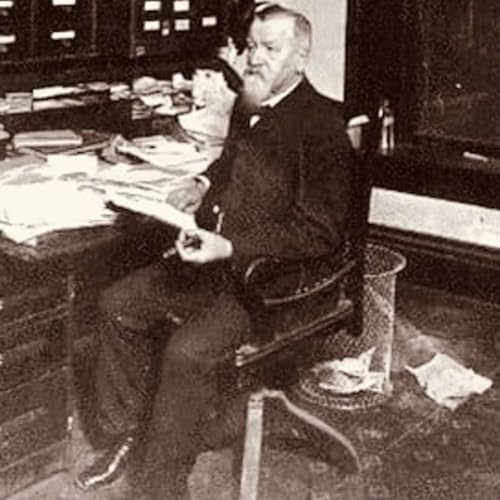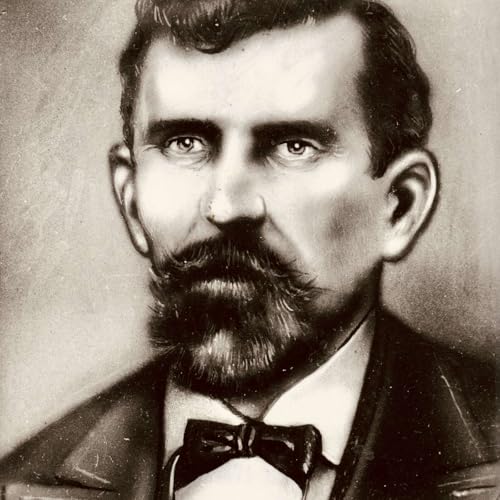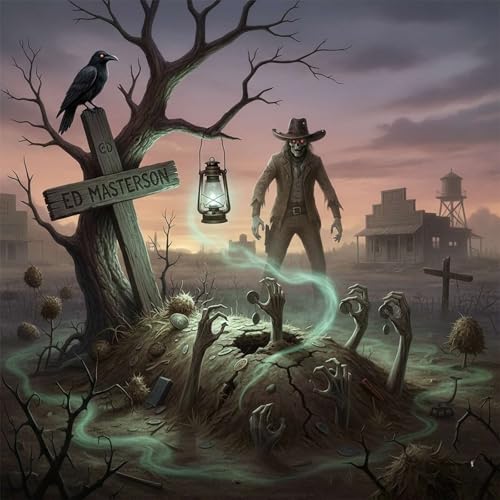Send us a text
A contract to feed a frontier post shouldn’t have ended at a river cave, but the Pecos has a way of bending plans. We head out with Oliver Loving and W.J. Wilson on a night-run mission to Fort Sumner that turns into a standoff against a swelling war party, where ground, grit, and a few feet of brush decide the line between life and legend. When a parley sign flickers on the plains and a hidden shot rips through Loving’s wrist and side, the story snaps from strategy to survival, and the cave on the bluff becomes a cramped theater where fear, fever, and resolve fight for the lead.
From there, the path forks. Wilson crawls into the night to fetch river water in his boots, then makes the hardest choice a partner can make: leave a wounded friend to swim for help. He slips down the Pecos past a mounted sentinel, abandons his rifle to the sandy current, and staggers barefoot across a country of thorns with a scavenged TP pole, waking to wolves every time sleep threatens. Starved and sunburned, he reaches the trail and flags down Charles Goodnight, who pieces together the fight from Wilson’s rough map and rides back to recover what the river didn’t take—including Loving’s Henry rifle.
Loving’s path is its own test of will. He crawls out after days, arm shattered, side wound mending, and survives on the last oils of roasted leather gloves before striking a deal with Mexican farmers to haul him to Fort Sumner. Army surgeons battle infection, a late amputation becomes the final gamble, and a quiet agreement is sealed between partners: debts will be paid, promises kept. When Loving dies that September, Goodnight carries the work for two years and brings his friend home 700 miles to Weatherford, Texas—closing a loop the plains tried to cut in half.
If you’re drawn to true frontier history, cattle trail lore, and the human code that held partnerships together when the land tore everything else apart, press play and ride with us. Subscribe, share this story with a friend who loves Western history, and leave a review to tell us which moment stayed with you.
Support the show
If you'd like to buy one or more of our fully illustrated dime novel publications, you can click the link I've included.
 Nov 18 202525 min
Nov 18 202525 min Nov 13 202523 min
Nov 13 202523 min Nov 8 202532 min
Nov 8 202532 min Oct 29 202531 min
Oct 29 202531 min Oct 22 202535 min
Oct 22 202535 min Oct 18 202528 min
Oct 18 202528 min Oct 9 202511 min
Oct 9 202511 min 34 min
34 min
